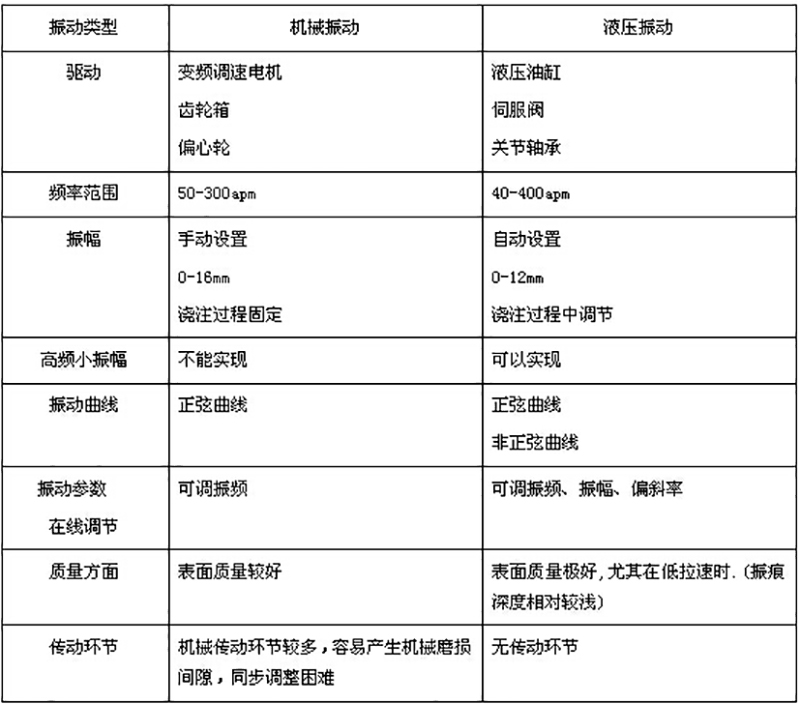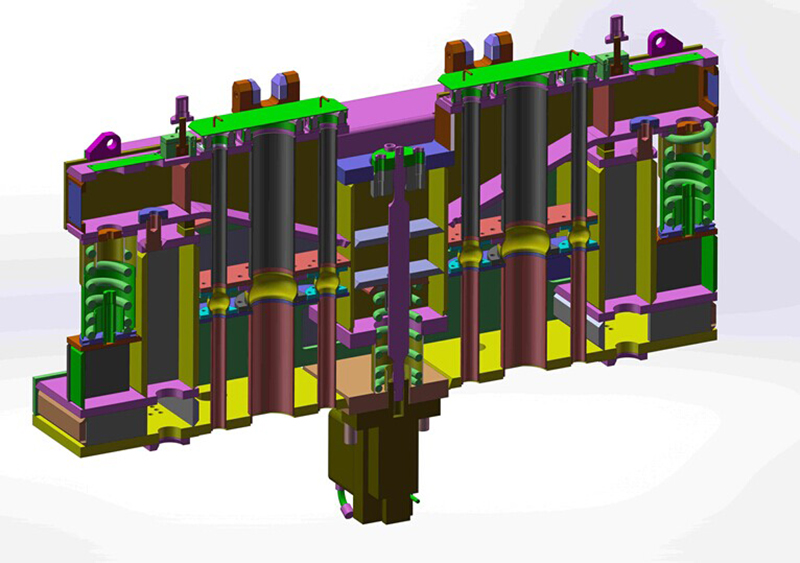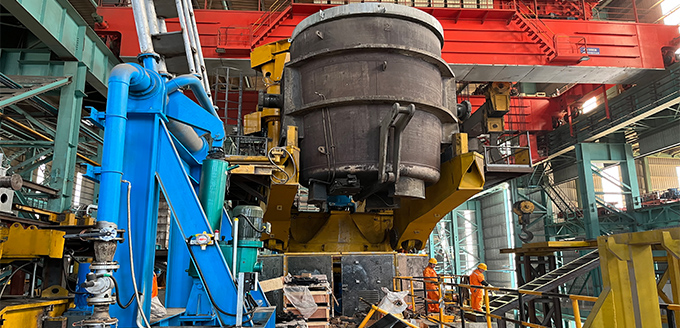Hydraulic Vibration
Vibration Device Introduction: Hydraulic Vibration Table
Performance:
Beihai Chengde Nickel Industry
Heyuan Xinlong

Technical Features of the Hydraulic Vibration for the Mold:
Vibration Execution Unit: Utilizes hydraulic cylinders with servo valves, and the feedback system consists of displacement sensors and pressure sensors. This allows for online adjustable amplitude, frequency, and waveform, achieving both sinusoidal and non-sinusoidal vibrations to meet the casting process requirements for various steel grades.
Spring Guidance: Employs leaf spring guidance, resulting in no mechanical wear, significantly reducing maintenance workload and costs.
Interchangeable Vibration Units: Two interchangeable vibration units require low mechanical installation precision, facilitating maintenance and replacement. The control system quantifies and compensates for synchronization errors, meeting process requirements.
Compact Structure: The design is simple and compact, with fewer transmission elements, making alignment with the mold convenient.
High-Precision Guidance: Features high-precision prestressed leaf spring guidance, with minimal deviation in all directions.
Advanced PLC Control System: Controls each vibrating unit to coordinate actions according to process requirements, and is easily integrated with existing continuous casting machine systems.
Vibration Model Provision: Offers vibration models to meet the requirements for different steel grades and cross-sections, ensuring stable casting quality. Additionally, it allows for online modifications to meet specific user process requirements and can save new configurations.
Independent Hydraulic Station: The mold hydraulic vibration station is independent, providing good interference resistance.
Surface Quality Improvement: Reduces the depth of surface vibrations on the cast slab, ensuring uniform vibration and accommodating a wider range of withdrawal speeds.
User-Friendly Interface: Provides a human-machine interface throughout the monitoring, operation, and debugging process, facilitating maintenance.


